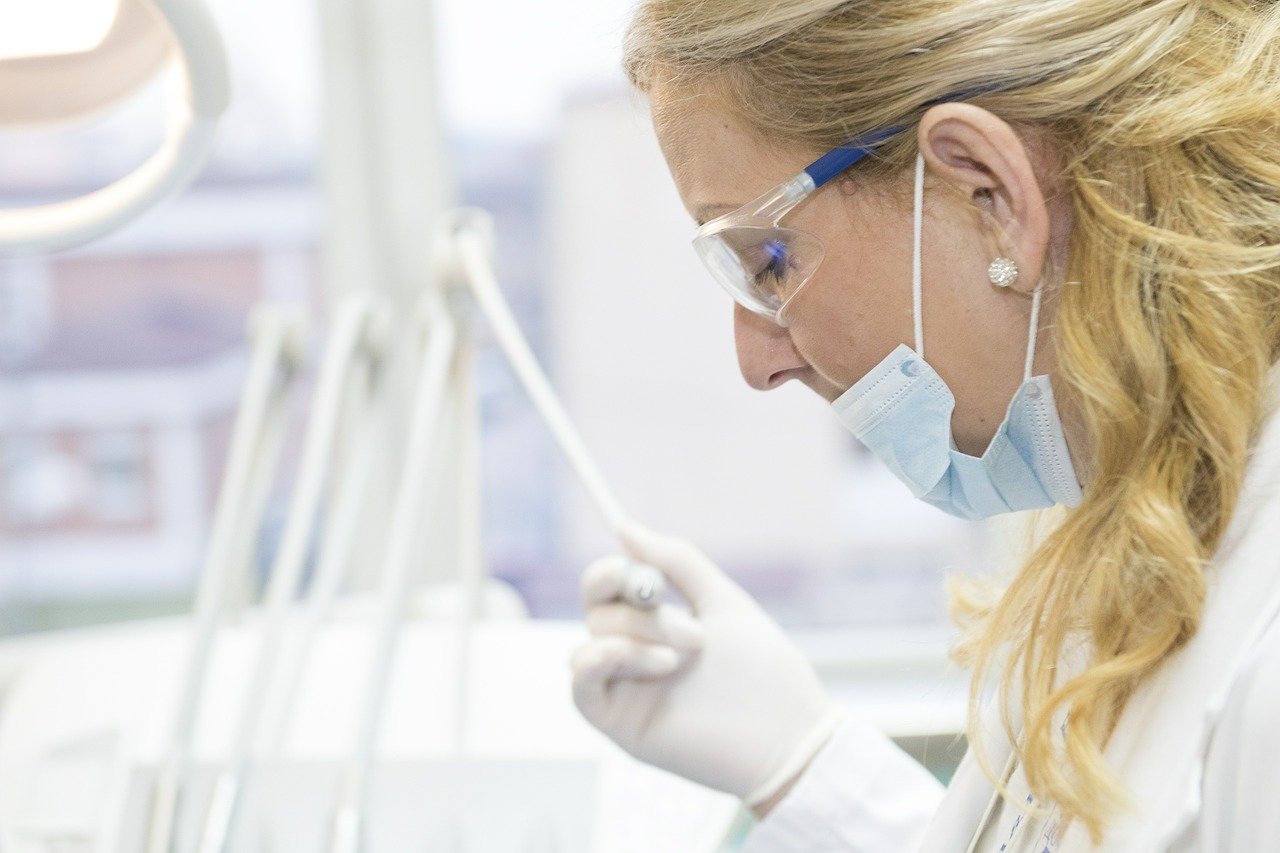For thousands of years, ancient tribespeople would attribute sickness to evil spirits and omens. But as time went by, people would start having suspicions that diseases were not caused by superstitious souls but were caused by tiny creatures that would live through our bodies.
During medieval times, the black plague saw radical changes in how people would see sickness. However, most people still believed that evil spirits caused it; there were already “medical” practitioners who were already experimenting with what could have caused such a disease.
By the mid-1600s, scientists would start observing small strands of fungi. These observations would become the first-ever known scientific documentation of microbes. In the next few centuries, there would be even more depictions of microbes, which would then be used for research purposes.
In the past few centuries, microbiology has played an integral role in developing vital technological innovations in medicine, food, and healthcare. Of course, experimenting and observing different specimens means that they will need to be placed in a safe and controlled environment was everything that can be observed without any problem.
What’s a proper way of learning about these microbes? Culturing bacteria is known for being one of the best ways of gaining information about a particular microbe. But how does this scientific process benefit different industries and the scientific community?
What Industries Benefit From Culturing Bacteria?
Food Industry
Even before people knew what culturing bacteria was, people have been accidentally “culturing” bacteria. That is evident in many unique cuisines worldwide, like fermented food such as sauerkraut and kimchi, which are fermented cabbages. Fermentation can help bring out the flavor while also extending the shelf life of most of these products. However, the process of making such products are still quite complex.
In Japan, natto is a popular traditional food that involves a variation of Bacillus subtilis fermenting soybeans. That helps bring out most of the much-needed nutrients that can help with the body’s immune response and performance while having that iconic gooey texture of this national breakfast food.
Common knowledge would suggest that bacteria are the leading cause of most types of diseases and infections. In reality, our bodies have so many microorganisms that it outnumbers our native human cells. Most of these microorganisms are not harmful. For instance, certain types of bacteria can live in the digestive system and aid with the digestive process to bring sustenance to the body.
Since bacteria play a crucial role in several bodily functions, probiotics have been developed to help strengthen helpful types of bacteria within our gut. Most of the time, this will come in the form of yogurt-based products.
Healthcare and Medicine
A part of culturing bacteria can find a cure for a particular disease. Microbiologists will need to look at the chemical composition and these microorganisms’ behavior when looking for a specific disease’s weakness. Cultured microorganisms that are on Petri dishes are observed in controlled environments.
If you’re planning on culturing bacteria and other microbes for research purposes, it’s essential to practice the right safety precautions. To stop the rapid multiplication of these microbes while also extending the lifespan of different specimens, having an ultra-low laboratory freezer is an excellent way of reducing safety breaches while also mitigating any forms of cross-contamination.
These freezers are known for having sub-zero temperatures, which can help you decide the best sample viability.
What Is the Future of Culturing Bacteria Like During the Pandemic?

A lot of individuals are wondering what the future of culturing bacteria will look like. There’s a lot that has been improving in the past few years. There are still more discoveries that are being done every month.
The process of culturing will also be determined by what’s being experimented on. For instance, culturing bacteria is quite different from culturing viruses and producing vaccines from these cultures. In research and development, it’s known that culturing microorganisms have made a significant impact on how labs have been observing COVID-19.
Still, there’s a long way to go when a vaccine is developed for such a highly-contagious pathogen. People should be more open to new information regarding the virus as radical social changes are affected based on this information.
Every year, there are even more innovations in technology that will aid in research and development. In the face of a globe-spanning public health crisis, the priority of culturing microbes has reached an all-time high in research institutes and academic organizations. Culturing bacteria has helped a variety of different industries. Without bacterial culturing, it would be almost impossible to have the medicine, food, and vaccines that we have today.

